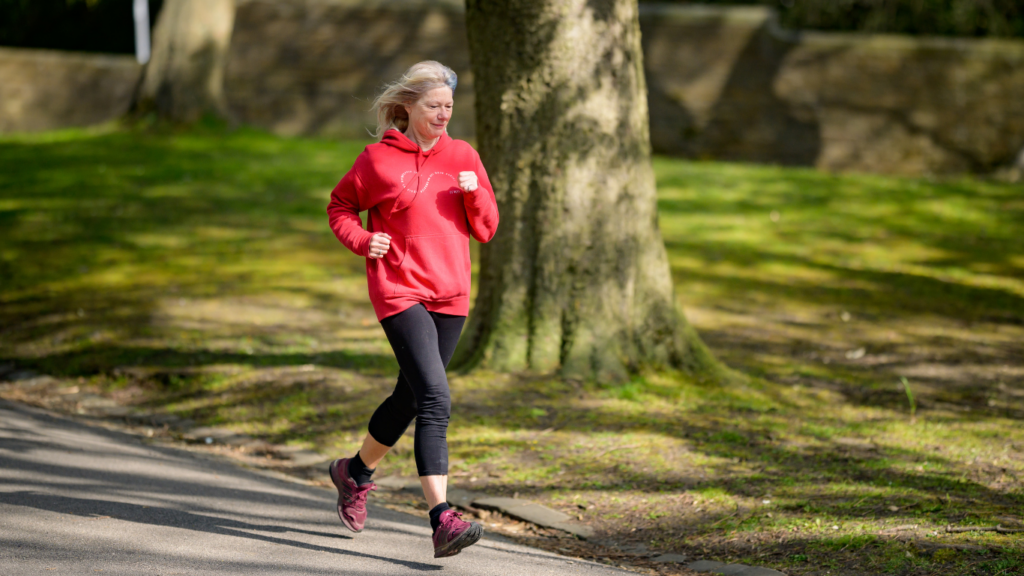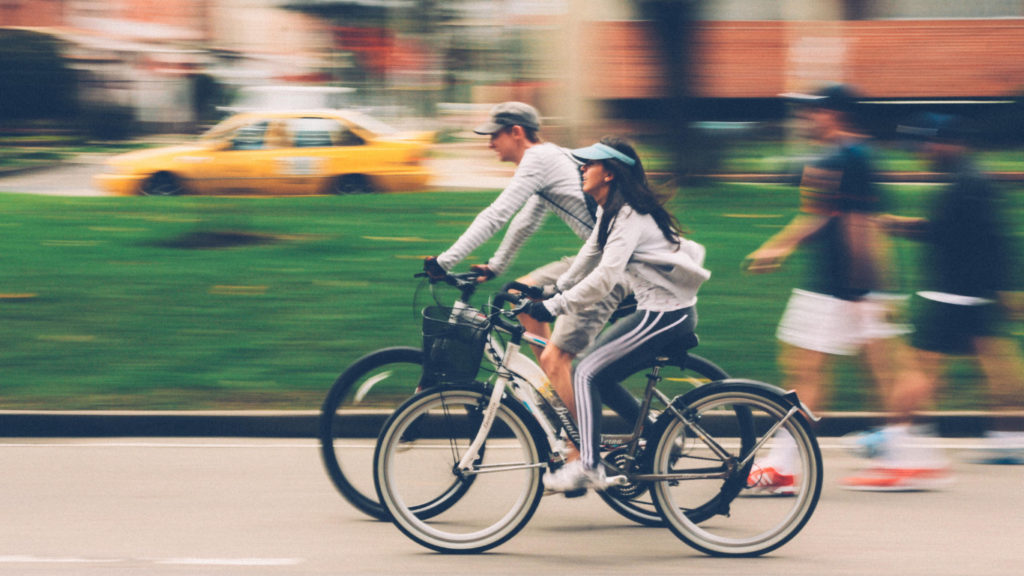Importance of Staying Active
Staying active boosts both physical and mental health. Regular movement reduces the risk of chronic diseases like heart disease, diabetes, and certain cancers (CDC, 2021). Engaging in physical activity improves mood and reduces symptoms of depression and anxiety (Mayo Clinic, 2021).
Movement throughout the day helps maintain a healthy weight. I find incorporating small activities, like walking or stretching, can burn extra calories. This daily activity positively impacts energy levels, making tasks less tiring.
Remaining active enhances focus and productivity. Physical activity increases blood flow to the brain, which improves cognitive functions like memory and concentration. Simple activities, such as a short walk or desk exercises, can refresh and energize.
Staying active also strengthens muscles and bones. Weight-bearing activities, even light ones like standing or climbing stairs, contribute to bone density and muscle mass preservation. Keeping muscles strong and joints flexible ensures better mobility and reduces injury risk.
Incorporating physical activity into daily routines enhances overall well-being. People who move regularly feel more energized, happier, and less stressed. Simple activities incorporated into daily habits build a foundation for a healthier lifestyle.
Morning Habits to Boost Activity
Starting your day with movement sets the tone for an active lifestyle. Simple morning habits can energize your body and mind.
Stretching Exercises
Stretching increases flexibility, reduces muscle stiffness, and improves circulation. Begin with basic stretches:
- Neck Stretches: Tilt your head to each side, holding for 15 seconds.
- Shoulder Rolls: Roll your shoulders backward and forward ten times.
- Hamstring Stretch: Reach for your toes while keeping your legs straight, holding for 20 seconds.
Morning Walks
Morning walks improve cardiovascular health, enhance mood, and boost energy. Plan a 20-minute walk:
- Neighborhood Walk: Explore your local area for a change of scenery.
- Nature Trails: If available, choose a nearby park for a refreshing experience.
- Walking Buddy: Invite a friend or family member to join you, making it a social activity.
Incorporate these morning habits into your routine to start each day with physical activity.
Staying Active at Work
Keeping active at work can be challenging, especially with long hours at the desk. However, simple strategies can help introduce more movement into your daily work routine.
Desk Exercises
Desk exercises offer an easy way to stay active during work hours. Perform seated leg lifts by extending one leg at a time and holding for 10 seconds. Try chair dips by placing your hands on the edge of your seat and lowering your body, then lifting back up. Perform shoulder shrugs by raising your shoulders towards your ears and holding for a few seconds.
Standing Desks
Standing desks provide a great alternative to sitting all day. Switch between sitting and standing to reduce back pain and improve posture. Adjustable desks can be set at a comfortable height for both tasks. Use an anti-fatigue mat to reduce strain on your feet.
Taking Regular Breaks
Regular breaks enhance productivity and well-being. Set a timer to remind yourself to stand up every hour. Walk around the office or stretch your legs by taking a short walk outside. Use breaks to refill your water bottle, and take the stairs instead of the elevator.
Active Commuting Options

Incorporating movement into your commute can significantly boost daily activity levels. Explore these easy commuting options to stay active.
Walking or Biking
- Walking: Walking to work, if feasible, is an excellent way to start the day actively. For shorter distances, consider walking instead of driving. Walking not only burns calories but also reduces carbon emissions.
- Biking: Biking can also be a great alternative. Many cities have dedicated bike lanes, ensuring a safer commute. Ensure your bike fits well and wear a helmet for safety.
Public Transportation Tips
- Walking to Stops: If you use public transportation, try getting off a stop earlier to add more walking to your routine. This small change increases daily step count.
- Standing and Stretching: While waiting for the bus or train, stand and do light stretches. This keeps muscles engaged and prevents stiffness.
- Walking from Stations: Similar to walking to stops, choose to walk from your final station to your destination. If feasible, opt for a longer route to maximize steps.
Evening Routines for Physical Activity
Engaging in physical activity in the evening can help unwind while maintaining an active lifestyle. Implementing some simple routines can make it easier.
Home Workouts
Load up a quick home workout to get moving without stepping outside. Choose exercises like bodyweight squats, push-ups, and planks. Set a timer for 20-30 minutes for a complete session, including warm-up and cool-down. Use online videos or apps to guide your routines, ensuring proper form. Make it fun by incorporating music or family members.
Evening Walks
Squeeze in an evening walk to relax and stay active. Take a stroll around the neighborhood or explore nearby parks. Invite a family member or friend for company and added motivation. Aim for 30 minutes, adjusting the pace to suit your fitness level. Include walking the dog if you have one, doubling the benefits for both you and your pet.
Tech Tools to Help You Stay Active
Technology offers powerful tools to incorporate more activity into daily routines. Fitness apps and wearable devices can play crucial roles in this endeavor.
Fitness Apps
Fitness apps provide structured routines and track progress effectively. Apps like MyFitnessPal and Fitbit sync with other devices to monitor activity, sleep, and nutrition. These apps offer personalized plans and set daily step goals. They also include features like workout videos, audio coaching, and reminders.
Apps like Sworkit and Nike Training Club offer guided workouts ranging from 5 to 60 minutes. Users can select exercises based on fitness level, goals, and available equipment. This flexibility helps fit workouts into even the busiest schedules.
Wearable Devices
Wearable devices like smartwatches and fitness bands track physical activity all day. Popular options like the Apple Watch and Garmin provide real-time data on steps, heart rate, and calories burned. These devices integrate with numerous health apps for a seamless experience.
Wearables often include features like reminder alerts to prompt movement during sedentary periods. They monitor sleep patterns, providing insights into overall wellness. Advanced models offer guided breathing exercises and track stress levels, contributing to mental well-being.





























































 Amelie Glover played a pivotal role in shaping the success of News Flip Network through her expertise and dedication. With a keen eye for detail, she focused on ensuring the platform’s content flows smoothly, making it both engaging and informative. Glover’s efforts in organizing the site’s structure and managing editorial tasks helped create a seamless user experience, enhancing the accessibility of news for readers around the world.
Amelie Glover played a pivotal role in shaping the success of News Flip Network through her expertise and dedication. With a keen eye for detail, she focused on ensuring the platform’s content flows smoothly, making it both engaging and informative. Glover’s efforts in organizing the site’s structure and managing editorial tasks helped create a seamless user experience, enhancing the accessibility of news for readers around the world.